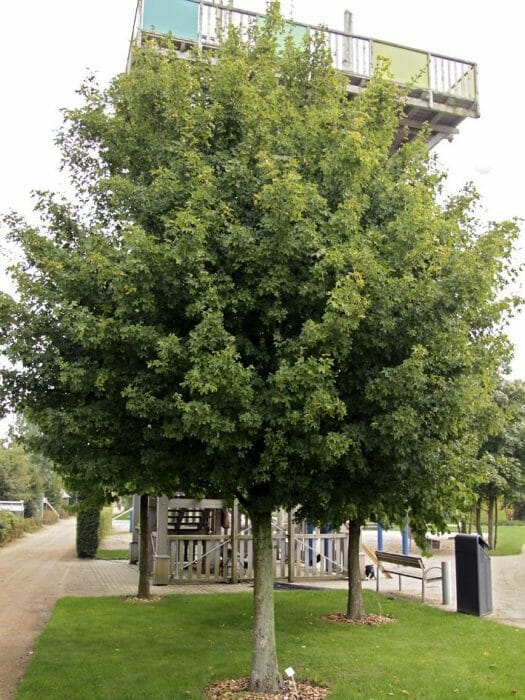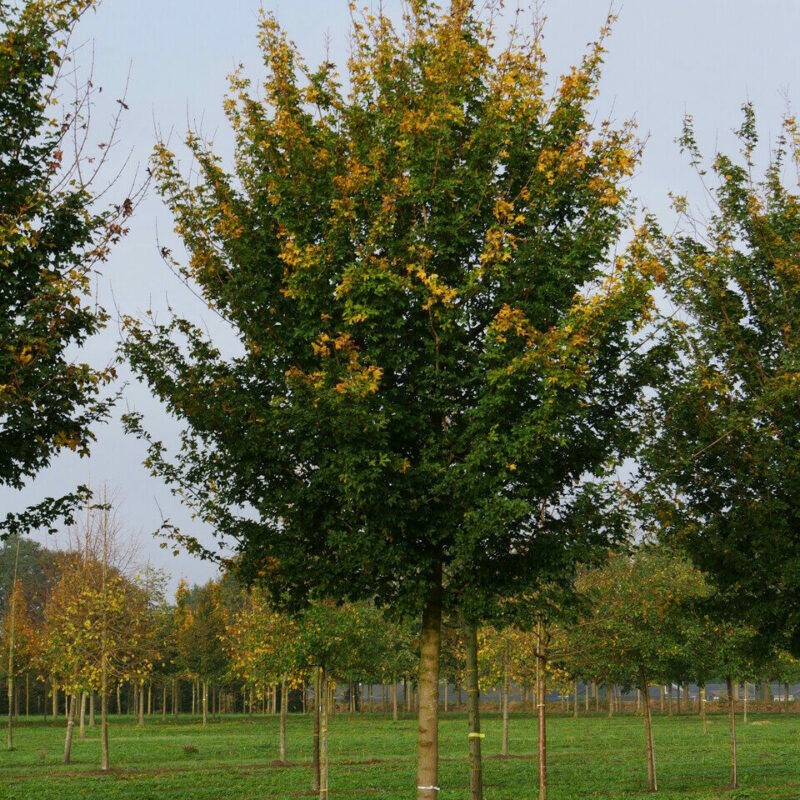Acer Campestre Elsrijk

Acer campestre, commonly known as the field maple, is a deciduous tree native to Europe, Western Asia, and North Africa. The Elsrijk cultivar is a specific variation of this species, known for its unique characteristics and ornamental value. In this article, we will delve into the details of Acer campestre Elsrijk, exploring its history, characteristics, growth habits, and uses in landscaping and horticulture.
Introduction to Acer Campestre Elsrijk

Acer campestre Elsrijk is a cultivar of the field maple, which is a medium-sized tree that typically grows to a height of 15-25 meters. The Elsrijk cultivar is distinguished by its compact growth habit, making it an ideal choice for smaller gardens or urban landscapes. It has a broad, rounded crown and a straight trunk, with a smooth, gray bark that becomes fissured with age.
History and Origin
The field maple has been a part of European landscapes for centuries, with evidence of its use in ancient Roman and Greek gardens. The Elsrijk cultivar, however, is a more recent development, bred specifically for its compact growth habit and ornamental value. It is believed to have originated in the Netherlands, where it was first cultivated in the early 20th century.
| Characteristics | Values |
|---|---|
| Height | 10-15 meters |
| Spread | 5-10 meters |
| Bark | Smooth, gray |
| Leaves | 5-lobed, dark green |
| Flowers | Yellow-green, clustered |

Acer campestre Elsrijk is known for its attractive foliage, with 5-lobed leaves that are dark green in color and have a smooth, glossy texture. The leaves turn a golden yellow in autumn, adding to the tree's ornamental value. The flowers are small and yellow-green, clustered in drooping panicles that appear in late spring.
Growth Habits and Uses

Acer campestre Elsrijk is a relatively slow-growing tree, with an average annual growth rate of 30-60 cm. It prefers well-drained soil and full sun to partial shade, making it an ideal choice for a variety of landscaping applications. The tree is often used as a specimen tree or as part of a larger landscape design, where its compact growth habit and attractive foliage can be showcased.
Landscaping and Horticulture
In addition to its use as a specimen tree, Acer campestre Elsrijk can be used in a variety of other landscaping applications, including hedges, screens, and windbreaks. Its compact growth habit and tolerance of a wide range of soils and conditions make it an ideal choice for urban landscapes, where space may be limited and soil quality may be poor.
The tree is also a popular choice for wildlife gardens, where its attractive foliage and clusters of small flowers can provide a source of food and shelter for a variety of birds and insects. In addition, the tree's roots are non-invasive, making it an ideal choice for gardens where soil disturbance may be a concern.
What is the typical height of Acer campestre Elsrijk?
+The typical height of Acer campestre Elsrijk is 10-15 meters, with a spread of 5-10 meters.
What type of soil does Acer campestre Elsrijk prefer?
+Acer campestre Elsrijk prefers well-drained soil, but can tolerate a wide range of soils and conditions.
What are the ornamental values of Acer campestre Elsrijk?
+Acer campestre Elsrijk has attractive foliage, with 5-lobed leaves that are dark green in color and have a smooth, glossy texture. The leaves turn a golden yellow in autumn, and the tree produces clusters of small, yellow-green flowers in late spring.

